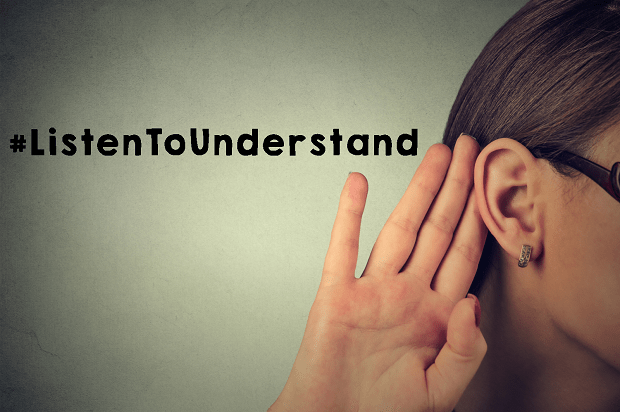August 3 was Black Women’s Equal Pay Day 2021. Equal Pay Day is the day annually that symbolizes how much additional time into the new year women have to work in order to be paid what the average non-Hispanic white man made at the end of the previous year. The date changes annually, and there are different days for various demographics (i.e., Asian American and Pacific Islander Women, Black Women, Native American Women and Latina Women). The Days are designed to shed light on pay inequity and work to close the gender gap.
Black women participate in the workforce at much higher rates than most other women yet face a wider than average pay gap. According to the National Women’s Law Center, Black Women, on average, make $0.63 to the dollar as compared to non-Hispanic white men. To match the pay of a white man in 2019, Black women needed to work an additional 214 days into 2021. In other words, Black women work 579 days to earn what white men make working 365 days. This severe pay inequity keeps Black women perpetually behind.
To match the pay of a white man in 2019, Black women needed to work an additional 214 days into 2021. In other words, Black women work 579 days to earn what white men make working 365 days. Click To TweetThere are many factors that contribute to the pay gap for Black women, including intersecting injustice (racism and sexism), the wealth gap, occupational segregation and education (read more here). While there has been some progress – Black Women’s Equal Pay Day in 2020 fell on August 13; 10 days later than it falls this year – we should not need to still have this annual conversation at all. The Equal Pay Act that prohibits employers from paying higher wages to employees in substantially equal jobs on the basis of sex was passed in 1963. And nearly 60 years later we have not fully actualized equal pay. “The fact that we are talking about this every year reflects the stubborn, structural nature of pay inequities, which is manifold,” says Valerie Wilson, director at the Economic Policy Institute.
Equal Pay Days should not be a “thing” anymore, because there are tangible action steps organizations and institutions can take to close the gap. We addressed this in a previous post back in March on Equal Pay Day, and I will reiterate here with some updates:
Recognize Your Biases.
We all have biases; it’s a fact. As a leader, or someone in charge of another’s overall compensation, it’s important for you to self-reflect and understand what biases you may be holding that contribute to the pay gap. Understand why you hold these biases and work to change them. Educate your teams, from recruiters to managers, to recognize biases that may show up and ways to mitigate them.
Foster Equitable and Just Hiring Practices.
There is a lot of bias that appears throughout the hiring process, and we often find that practices disproportionately favor one demographic and/or gender. In our Beyond the Rhetoric—Centering Justice & Anti-Racism in our DEI Strategy series, Mary-Frances Winters discussed interrogating processes such as applicant flow and hiring. Organizations can implement hiring practices that intentionally center Black and brown women – be deliberate about having a diverse slate of candidates from which to consider. An equitable and just hiring philosophy will ultimately benefit the recruitment and advancement of Black women.
Analyze Your Pay Data and Be Transparent.
It’s not a secret that pay disparities persist – we discuss them every year when each Equal Pay Day comes around. Closing the pay gap is not rocket science. Those in power just have to want to do it. When we work with clients, one of the very practical steps we advise on is interrogating pay policies with an equity-centered lens. According to research conducted by JUST Capital, only 22% of the largest public U.S. corporations disclosed that they conducted a pay equity analysis between 2016 and 2020. In order to fix a problem, you first need to get to the root of what needs fixing. Look at your pay across gender and race/ethnicity and identify the disparities that exist. This analysis should be conducted on a consistent basis.
Closing the pay gap is not rocket science. Those in power just have to want to do it. Click To TweetAdditionally, be transparent. Share the results of your pay studies and audits with your employees. Be open about the process and the key findings and what you will be doing to rectify any disparities that exist.
Fix It.
Once you identify pay inequities… fix them! Yes, it’s that simple. Increase pay where needed. Identify the break(s) in the system contributing to the gaps and fix them. This is not complex; this is tangible. Just fix it already. Pay Black women… and all women… their worth.
Once you identify pay inequities…fix them! Yes, it’s that simple. Click To Tweet



















